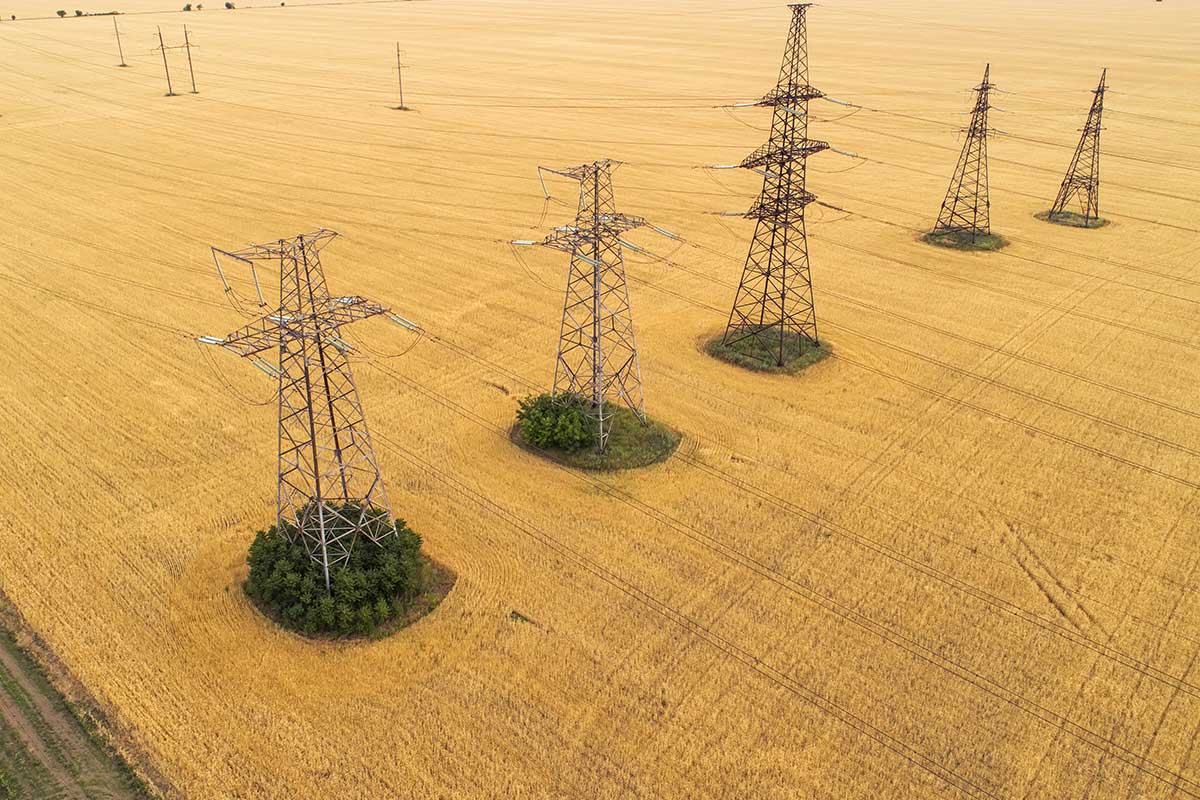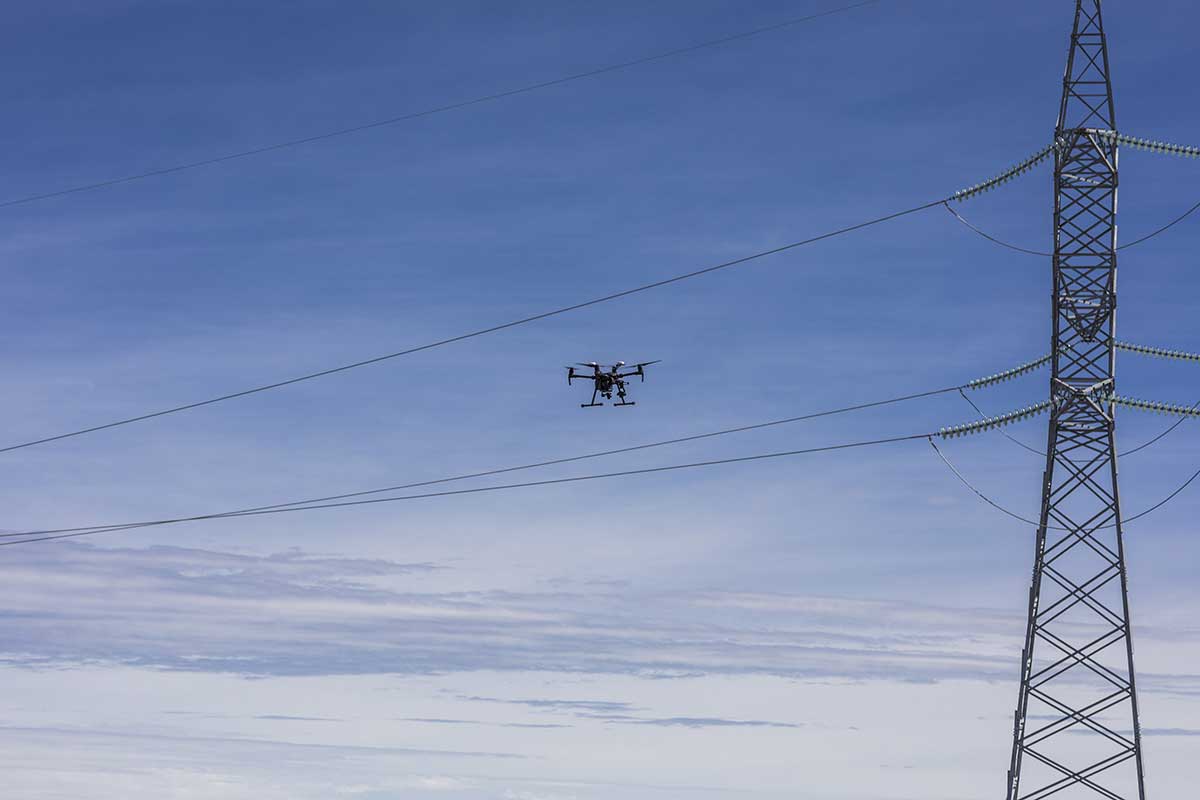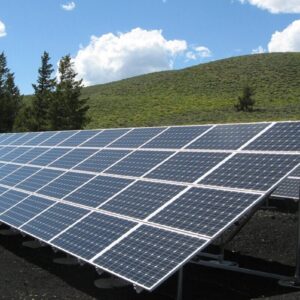Description
Due to the potential cost and time savings, as well as safety benefits, the use of unmanned aerial vehicles (small UASs) in commercial operations – and specifically within the electric utility industry – has seen a growth in interest in recent years. In comparison to the standard inspection methods of climbing or the use of manned aircraft, small UASs have the potential to reduce the risk to human life, save inspectors and contractors time and money, as well as allow for more frequent inspections of electric utility components.
Both the capabilities and the limitations of small UASs should be considered when evaluating their use by the electric utility industry. They are regulated and require coordination with other agencies, airports and property owners upon their deployment, but they provide numerous benefits and can save both time and money, if employed in a safe and reasonable manner.
This course includes a multiple-choice quiz at the end and is intended to provide 8 hours of professional development.
LEARNING OBJECTIVES
After the successful completion of this course, the student will have learned or been exposed to the following topics.
• Comprehensive New Regulations for Small Unmanned Aerial Systems
• Summary of 14 CFR Part 107
• Best Practices for Use of Small Unmanned Aerial Systems by the Electric Utility Industry
• Economics
• Unmanned Aerial System Concept to Support Electric Utility Work
• Unmanned Aerial System Electric Utility Mission Planning
• Aircraft Marking and Painting
• Aircraft Speed and Altitude
• Operators Manual
• Training
• Safety Requirements for Unmanned Aerial System Work on Electric Utilities
• Airframe Safety
• Battery Safety
• Crew Rest and Endurance
• Emergency Procedures
• Unmanned Aerial System Flight Operation Execution for Electric Utilities
• Unmanned Aerial System Operational Flight Minimums
• Considerations for Selecting an Unmanned Aerial System Commercial Operator
• Considerations before Purchasing an Unmanned Aerial System
• Unmanned Aerial System-Mounted Sensors and Applications for Electric Utilities
• Applications for Sensors
• Data Collection and Analysis Considerations
• Internet of Things, Unmanned Aerial Systems, and the Electric Utility Industry
• Privacy and Proper Unmanned Aerial System Operational Etiquette









